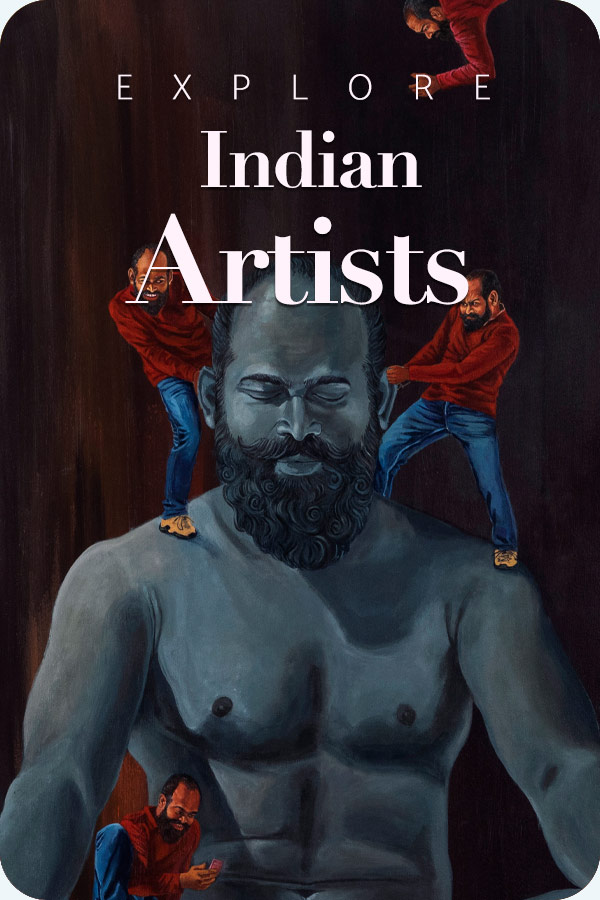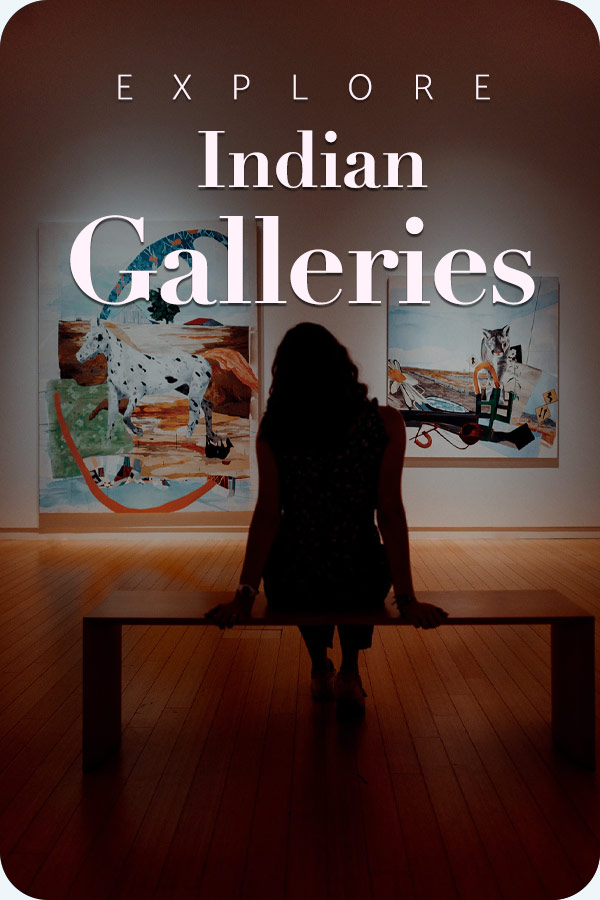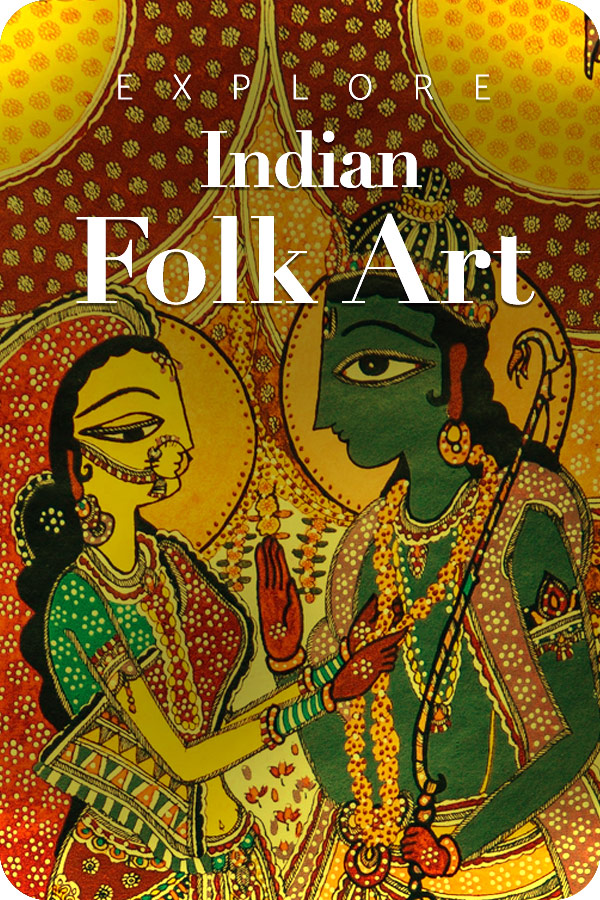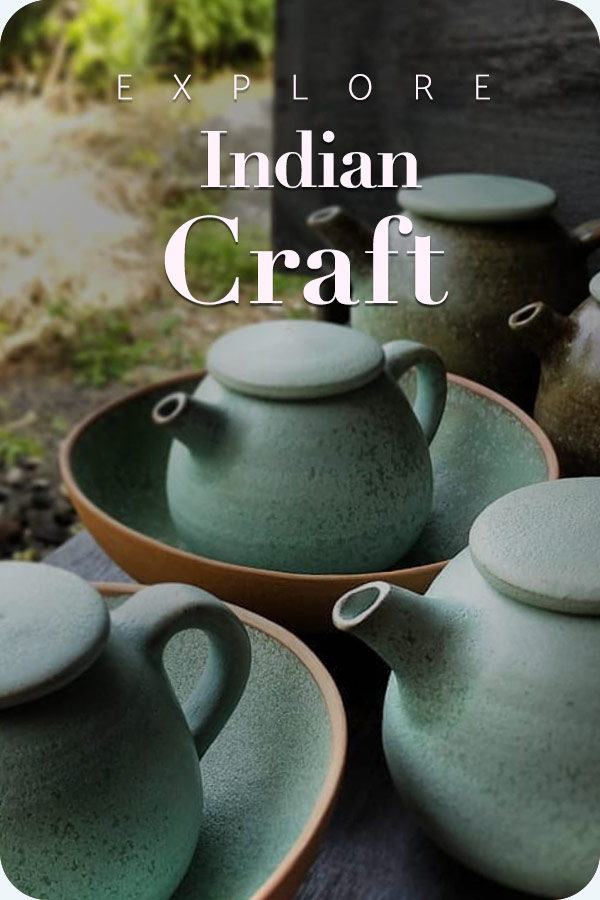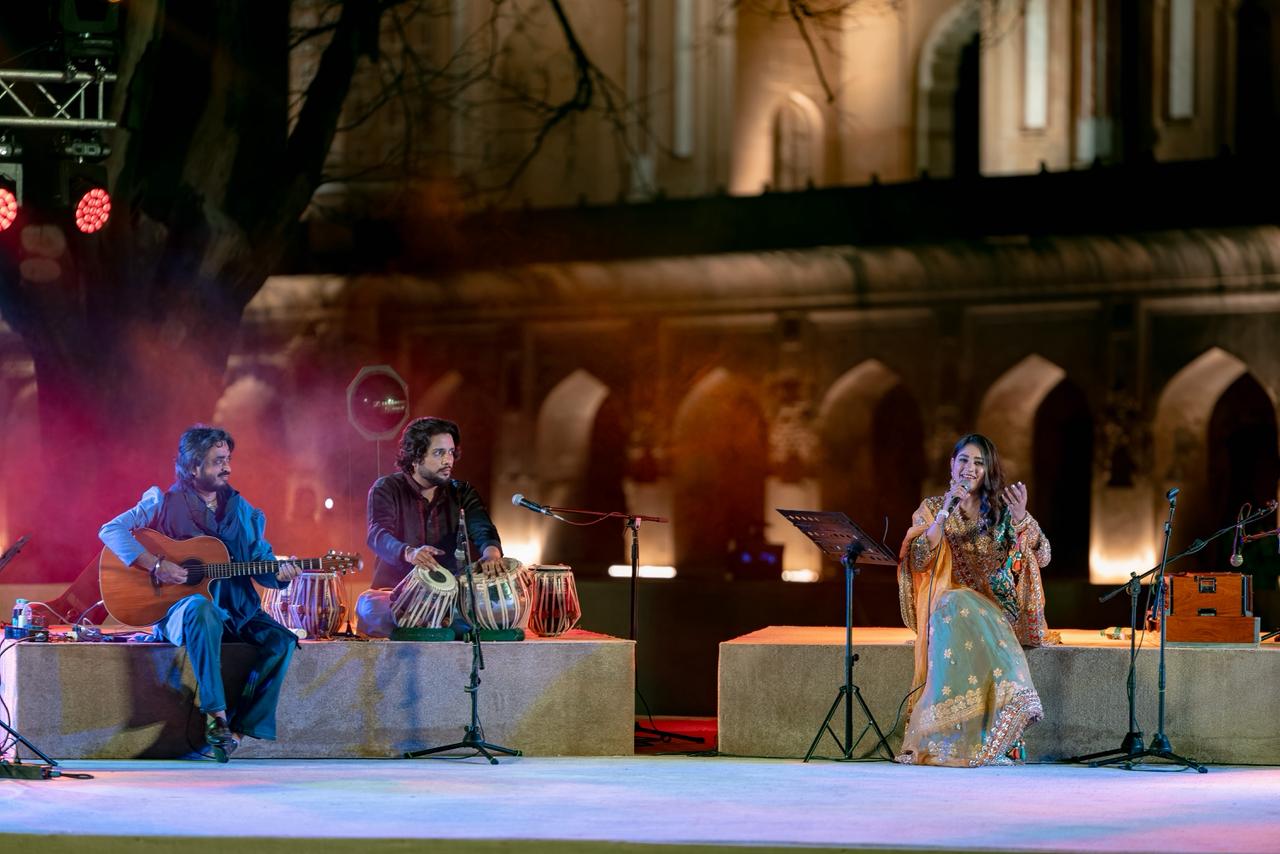
Evenings during autumn in Delhi have a rhythm that combines nostalgia with creative energy. On the 24th of October 2025, that creative energy was on display at the grand monument of Safdarjung Tomb, when the Sabhyata Foundation, in partnership with the Serendipity Arts, produced their first event under the ‘Adopt a Heritage 2.0’ program of the Government of India. This event, which was called Shaam-e-Ghazal, mixed melody, memory and magnificence to connect India’s heritage with its contemporary artistry. The program was supported by the Ministry of Culture and the Archaeological Survey of India (ASI) and was attended by dignitaries like Shri Gajendra Singh Shekhawat, Union Minister of Culture & Tourism and Shri Kapil Mishra, Minister of Art & Culture, Delhi. The event was also a celebration of the 10th anniversary of the Serendipity Arts Festival—a celebration of ten years of artistic experimentation, inclusivity and cultural change.
An Evening of Music and Memories
For the performance, tabla virtuoso Bickram Ghosh brought together two incredible singers: Pratibha Singh Baghel and Prithvi Gandharv, who sang with a robustness that was at once visceral and storytelling in the emotion of the music. They brought to life or recollected the legacy of ghazal greats: Ghulam Ali, Mehdi Hasan, Nusrat Fateh Ali Khan, Pankaj Udhas, and Jagjit Singh, who crafted a genuinely Indian aesthetic through song and performance. The practical indoor idea of a musical evening was transformed nearby, the Safdarjung Tomb, marvelously lit up by the moon, into a living amphitheater. Each ghazal resonated with the echoes of time or centuries as the listener’s experience bridged the linguistic sounds of poetry with the splendour of Mughal architecture. Each listener also experienced a moment where history and harmony became unfettered at last as one.
A Vision to Reimagine Heritage
Puneet Dalmia articulated Sabhyata Foundation’s purpose: celebrating India’s monuments as spaces for engagement and education. Drawing on ancient Atharvaveda wisdom, he noted that true nationalism means caring for cultural legacies and prosperity as shared responsibility. The event at Safdarjung followed past successes at Purana Qila, showing how heritage can be both accessible and experiential.
A Partnership Rooted in Purpose
The partnership between Sabhyata Foundation and Serendipity Arts was a celebration of two philosophies rooted in creativity and inclusion.Sunil Kant Munjal, Founder of Serendipity Arts, described the collaboration as a reflection of a shared vision:
“As we celebrate ten years of Serendipity Arts, we remember that culture connects people and places. Over the past decade, we’ve transformed 300,000 square feet of spaces in Goa into living canvases of art and supported hundreds of artists across South Asia.”He added, “Culture isn’t a luxury—it is essential. It builds empathy, teaches patience, and keeps our collective story alive.”At Safdarjung Tomb, this connection was visible—heritage and contemporary expression coexisted seamlessly.
Guardians of India’s Heritage
The Sabhyata Foundation is dedicated to the exploration of art and architecture by offering various immersive programs. As part of its mission it manages Purana Qila, Humayun’s Tomb, Safdarjung Tomb, and Mehrauli Archaeological Park in collaboration with Dalmia Bharat Ltd. The Foundation imagines and applies ways to access new audiences and to drive enthusiasm in heritage through digital storytelling, showcasing and festival programming. The Foundation is also working in Orchha, for example, to develop heritage-driven tourism informed by culture.
| Organization | Main Focus | Notable Achievements Mentioned |
|---|---|---|
| Sabhyata Foundation | Smarak Sarathi; promoting and preserving India’s art, culture, and heritage through world-class experiences. | ‘Jai Hind’ Sound & Light Show (Red Fort); entrusted with upkeep of four Delhi sites; partner for Orchha heritage tourism. |
| Serendipity Arts | Not-for-profit platform fostering empathy and curiosity; supporting emerging artists across South Asia. | Curating Shaam-e-Ghazal; transforming 300,000 sq ft of spaces in Goa; preparing for 10th Festival edition (Dec 2025). |
Culture as a Living Experience
Sabhyata Foundation takes an approach of bringing people closer to history through experience. As part of the Smarak Sarathi initiative it manages important heritage sites in Delhi—Purana Qila, Humayun’s Tomb, Safdarjung Tomb, and Mehrauli Archaeological Park. The Red Fort work offered by the Foundation and now the Jai Hind show is reimagining the way we view heritage, and how it can be felt.
In Madhya Pradesh, the Foundation’s work in partnerships with Developments that Matter to promote Orchha as a cultural tourism destination highlights how conservation provides opportunities to foster tourism and regional pride. Everywhere that the Foundation is engaged, heritage is understood not as simply a relic from the past, but as a space for storytelling, sharing emotions, and constructing community.
Serendipity Arts: A Decade in the Creative Space
In the last decade, Serendipity Arts has disrupted the creative landscape of South Asia. Its programs incorporating visual art, dance, theatre, design, culinary arts and literature have created new opportunities for artists and audiences to engage with each other and their work.
The Serendipity Arts Festival in Goa reimagines urban spaces into settings for imagination and experimentation, and its tenth edition in December 2025, the organization’s largest festival yet, promises to bring together a variety of disciplines under one cultural umbrella.
The Broader Impact
- Monuments become active cultural spaces.
- Public participation and community engagement increase.
- Emerging artists receive support and visibility.
- Heritage-based tourism grows.
- History strengthens emotional bonds with citizens.
The Significance of ‘Shaam-e-Ghazal’
The warmth from Shaam-e-Ghazal remains not simply as a memory, but as a calling. Sabhyata Foundation and Serendipity Arts are developing a cultural topology embracing how we act, feel, and support culture. These events provide a context to think about India’s monuments not as obstacles of history but as an open space of belonging.
Discover the warmth of shared culture, the energy of live performance, and the shared joy of being part of India’s continuing narrative. Because in these moments, heritage is not something we seek and find – it is something we are part of.


